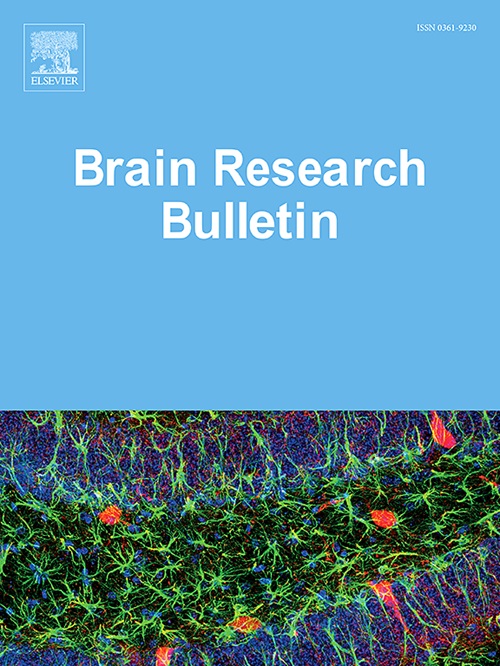PACAP induces increased excitability in D1- and D2-expressing nucleus accumbens medium spiny neurons
IF 3.5
3区 医学
Q2 NEUROSCIENCES
引用次数: 0
Abstract
One of the main eating disorders associated with overweight and obesity is binge eating disorder. Binge eating is characterized by excessive consumption of high-calorie foods over a short period of time, approximately 2 hours. The nucleus accumbens (NAc) plays a key role in modulating the hedonic value of high-calorie foods, commonly referred to as palatable foods. Specific subregions of the shell portion of the NAc (NAcSh), known as hedonic hot spots, may play an important role in the motivational aspect of food consumption. Previous work has shown that the pituitary adenylate cyclase-activating polypeptide (PACAP) injected into the NAc reduces palatable food intake, suggesting that this peptide could be a potential tool for treating binge eating. However, the mechanisms of action of PACAP on the NAc are poorly understood. Here, we used whole-cell recording and calcium imaging techniques in NAcSh brain slices from D1-Cre and A2A-Cre mice to investigate PACAP modulation of medium spiny neuron (MSN) activity. We found that PACAP administration increased the firing rate of D1- and D2-expressing MSNs. In addition, in a binge-eating mouse model, nasal PACAP reduced binge-eating behavior.
求助全文
约1分钟内获得全文
求助全文
来源期刊

Brain Research Bulletin
医学-神经科学
CiteScore
6.90
自引率
2.60%
发文量
253
审稿时长
67 days
期刊介绍:
The Brain Research Bulletin (BRB) aims to publish novel work that advances our knowledge of molecular and cellular mechanisms that underlie neural network properties associated with behavior, cognition and other brain functions during neurodevelopment and in the adult. Although clinical research is out of the Journal''s scope, the BRB also aims to publish translation research that provides insight into biological mechanisms and processes associated with neurodegeneration mechanisms, neurological diseases and neuropsychiatric disorders. The Journal is especially interested in research using novel methodologies, such as optogenetics, multielectrode array recordings and life imaging in wild-type and genetically-modified animal models, with the goal to advance our understanding of how neurons, glia and networks function in vivo.
 求助内容:
求助内容: 应助结果提醒方式:
应助结果提醒方式:


